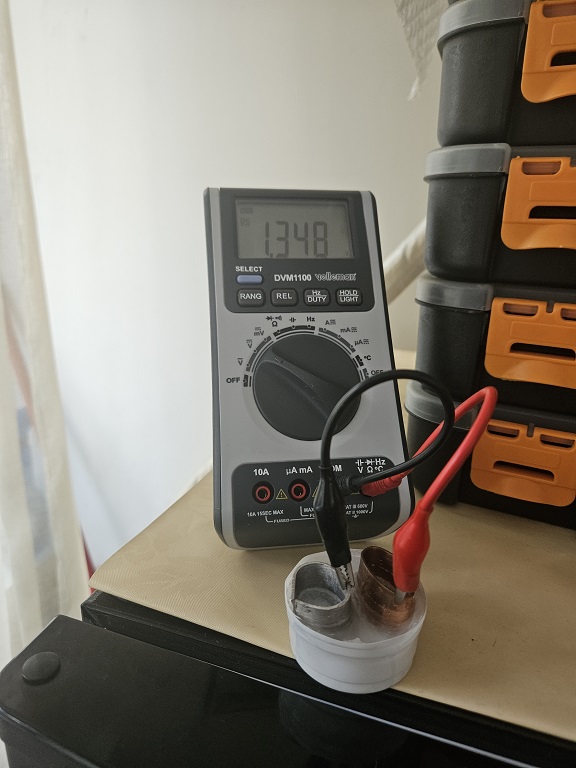Hello,
This is my replication thread for Joel Lagace's Quantum Power Cell.
Info from one of my posts there:
I ordered some conductive carbon felt from China:
Soft Battery Electrode Conductivity Graphite Felt High Temperature Carbon Fiber
As Relaxa is not available in Europe, the closest product I found available and I ordered is this:
Effecol 3350 Epsilon Health, 12 plicuri x 13,3 g, S.I.I.T.
Hopefully its PEG 3350 composition is similar to the Canadian product.
I don't have a sheet of magnesium but I have one high-purity Zinc plate I bought for the water-based device (post here).
I'll see how it works with that and I'll try with other metals. If the efficiency will be lower I will search for a magnesium plate.
For now I must wait for the carbon felt, it will take a few weeks to come from China.
I'll come with updates.
Fighter
| "If you want to find the secrets of the universe, think in terms of energy, frequency and vibration." | ||
| Nikola Tesla | ||


